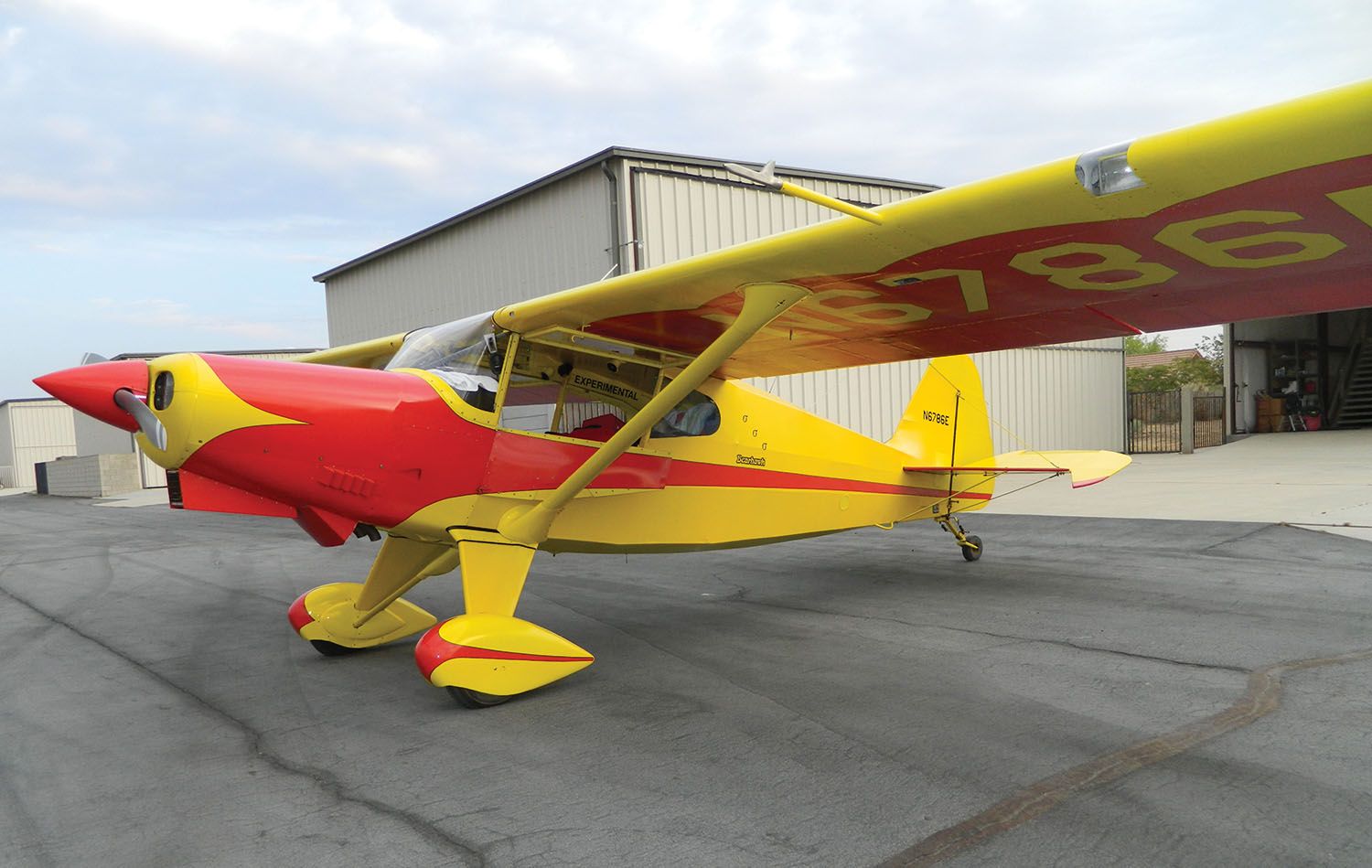Originally posted by Battson
View Post
There's usually a smaller C.G. Envelope for utility category as well.





Comment